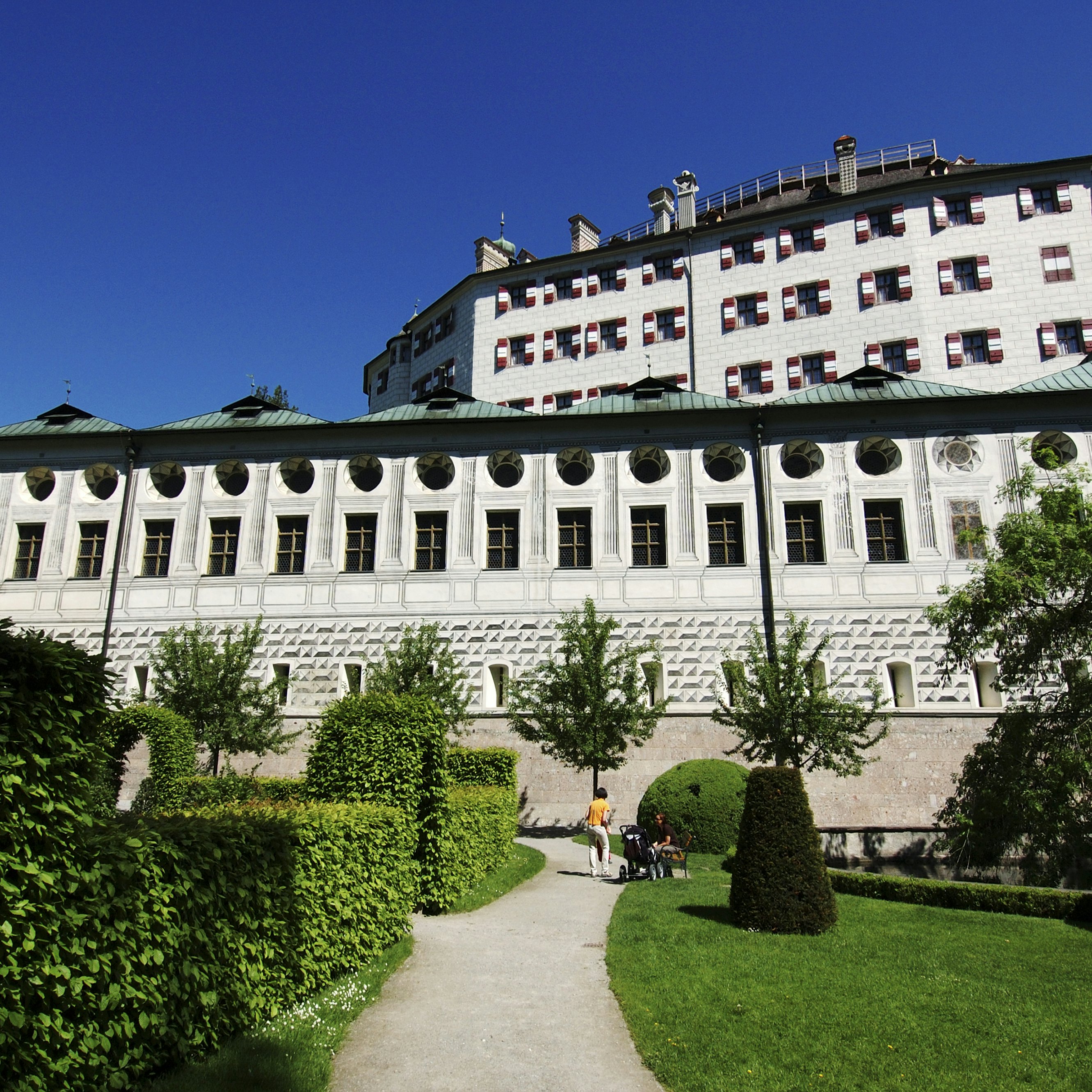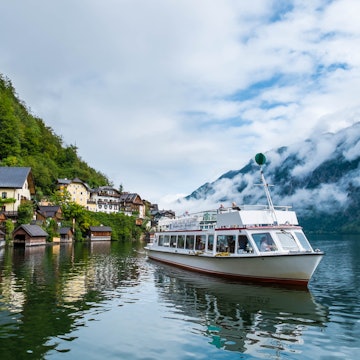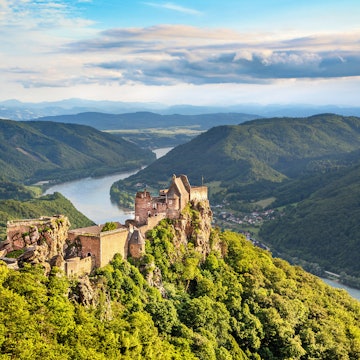

©Miguel Angel Martín Campos/500px
Overview
No country waltzes so effortlessly between urban and outdoors as Austria. One day you're cresting alpine summits, the next you're swanning around imperial Vienna.
Leave the planning to a local expert
Experience the real Austria. Let a local expert handle the planning for you.
Must-see attractions
Planning Tools
Expert guidance to help you plan your trip
Best Things to Do
Mountain drives, epic slopes, cozy coffee houses, dramatic palaces – read on for our take on the 10 best things to do in Austria.
Read full article
Best Places to Visit
Whether you're looking to enjoy the alpine wilderness, view marvelous palaces or take in some modern art, you'll find it all in Austria.
Read full article
Best Time to Visit
Snowcapped mountains, swimmable lakes, cultural festivals and unique traditions make exploring Austria a joy to visit at any time of year.
Read full article
Things to Know
Find out how to fit in like a local with these tips from an Austrian writer. Whatever you do, don't mention The Sound of Music...
Read full article
Transportation
This is your ultimate guide to getting around amazing Austria, from high-speed trains and buses to cable cars and bikes.
Read full article
Visa Requirements
From mountain peaks to cultured cities, Austria offers activities galore for nature, sports and art lovers. Here's all you need to know about getting a visa.
Read full article
Money and Costs
Austria isn't a cheap destination, but we'll help you find free attractions, discounted museum visits and budget meals to make your travel money go further
Read full article
Best Road Trips
Enjoy the freedom of the open road and landscapes that will leave you breathless on these top driving routes in Austria.
Read full article
Get a book. Get inspired. Get exploring.
in partnership with getyourguide






















